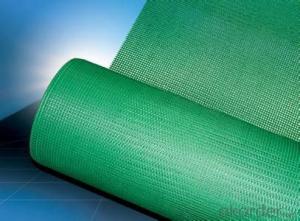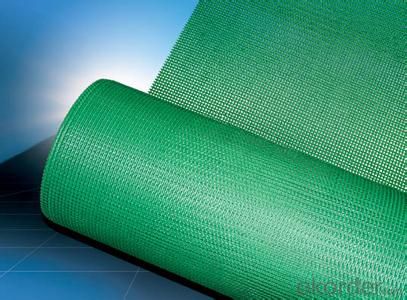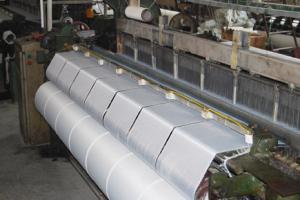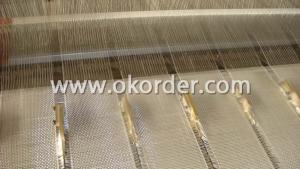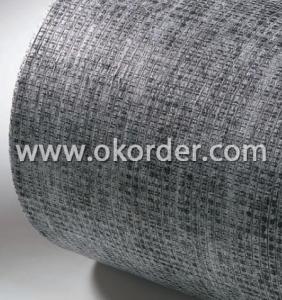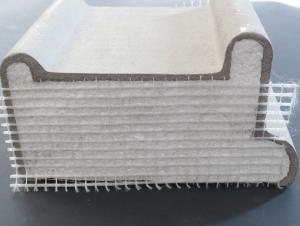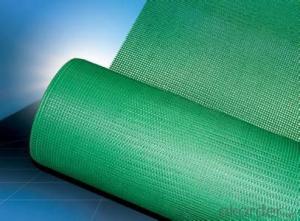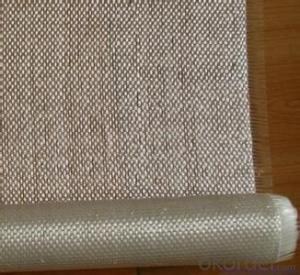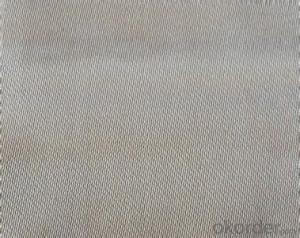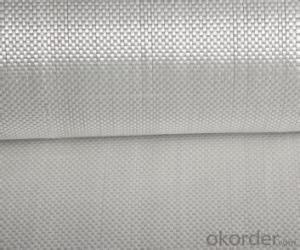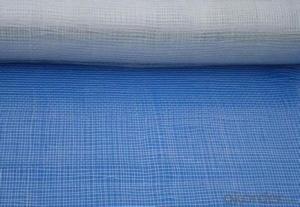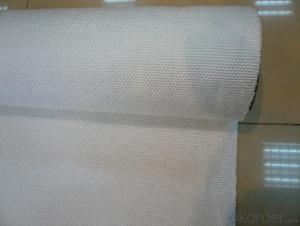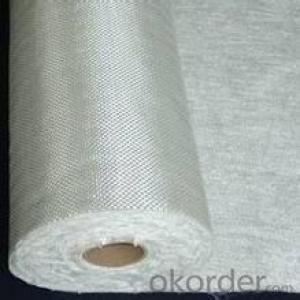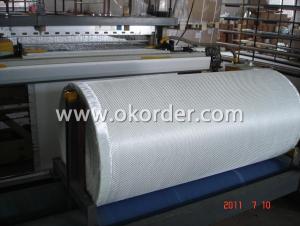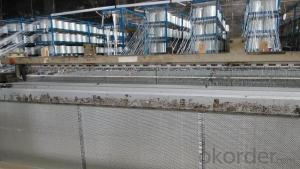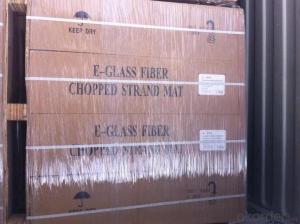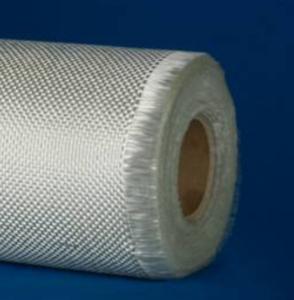Silica Fiberglass Fabrics
- Loading Port:
- China Main Port
- Payment Terms:
- TT OR LC
- Min Order Qty:
- -
- Supply Capability:
- -
OKorder Service Pledge
Quality Product, Order Online Tracking, Timely Delivery
OKorder Financial Service
Credit Rating, Credit Services, Credit Purchasing
You Might Also Like
Quick Details
| Place of Origin: | Brand Name: | Model Number: | |||
| Application: | Weight: | Surface Treatment: | |||
| Width: | Weave Type: | Yarn Type: | |||
| Alkali Content: | Standing Temperature: | style: | |||
| soft point: | working temp.: | thickness: | |||
| advantage: | usage: |
Packaging & Delivery
| Packaging Detail: | cartons, pallet |
| Delivery Detail: | about 30 days upon confirmation |
Specifications
silica cloth
plain or satin woven
high temperature insulation
non-asbestos product
good chemical stability
- Q: What is the typical thickness range for fiberglass fabrics?
- The typical thickness range for fiberglass fabrics varies depending on the specific application and intended use. However, in general, fiberglass fabrics can range in thickness from around 0.2 millimeters (0.008 inches) to 1.5 millimeters (0.06 inches). Thinner fiberglass fabrics are often used for lightweight applications such as surfboard or boat manufacturing, while thicker fabrics are utilized for more heavy-duty applications like automotive or industrial insulation. It is important to note that there is no one-size-fits-all answer to this question as the thickness of fiberglass fabrics can be customized to meet the specific requirements of each project.
- Q: How is fiberglass fabric used in the packaging industry?
- Fiberglass fabric is commonly used in the packaging industry as a reinforcement material for packaging materials such as boxes, cartons, and crates. Its high strength-to-weight ratio and durability make it an ideal choice for providing structural support and protection to the packaged goods. Additionally, fiberglass fabric can also be used as a heat and moisture barrier, preventing damage caused by temperature variations and humidity during transportation and storage.
- Q: Is fiberglass fabric resistant to water absorption?
- Yes, fiberglass fabric is resistant to water absorption. Fiberglass is made from very fine fibers of glass, which are then woven together to create a fabric. The glass fibers are naturally hydrophobic, meaning they repel water. This inherent property of fiberglass fabric makes it highly resistant to water absorption. When exposed to water, the fabric will not soak up the liquid but rather allow it to bead and roll off the surface. This characteristic makes fiberglass fabric ideal for applications where water resistance is desired, such as in manufacturing boats, shower curtains, and protective clothing. Additionally, the water resistance of fiberglass fabric contributes to its durability, as it helps prevent the growth of mold and mildew, which can compromise the fabric's integrity.
- Q: Can fiberglass fabric be used for making tarpaulins?
- Tarpaulins can indeed be made using fiberglass fabric, which is renowned for its durability, strength, and ability to withstand harsh weather conditions. This versatile material finds widespread use in several applications, including tarpaulin production. Despite its lightweight nature, fiberglass fabric boasts exceptional tear resistance and can endure high temperatures. Moreover, its waterproof properties make it a perfect choice for safeguarding goods and equipment from rain, snow, and other environmental elements. In addition, fiberglass fabric's resistance to chemicals, UV rays, and mildew contributes to its longevity and enhances its performance as an ideal tarpaulin material.
- Q: Can fiberglass fabric be used for reinforcement in wastewater treatment tanks?
- Yes, fiberglass fabric can be used for reinforcement in wastewater treatment tanks. Fiberglass is resistant to corrosion, chemicals, and is durable, making it an ideal material for reinforcing tanks that are constantly exposed to harsh wastewater conditions. Additionally, fiberglass fabric is lightweight and easy to install, making it a practical choice for tank reinforcement.
- Q: How does fiberglass fabric compare to other insulation materials?
- Fiberglass fabric is highly regarded as an effective insulation material due to its excellent thermal and acoustic properties. Compared to other insulation materials such as foam, mineral wool, or cellulose, fiberglass fabric offers exceptional heat resistance, durability, and fire resistance. It is also lightweight, easy to install, and has a low thermal conductivity, making it highly efficient in conserving energy and reducing heat transfer. Additionally, fiberglass fabric does not promote the growth of mold or mildew and is resistant to pests, making it a reliable and long-lasting insulation option.
- Q: Polyurethane waterproof coating how to use, polyurethane waterproof coating what are the methods of use?
- Clean the grass: with the shovel sticking on the leveling layer the gray skin removed, with a broom to clean the dust, especially the root canal, drain and drain and other parts should be carefully cleaned. In case of oil pollution, apply wire brush and sand paper to brush off, or paint with an adhesive paint on the surface of the grease. The surface must be smooth, and the concave place shall be made of 1: 3 cement mortar.
- Q: XHJ how about neoprene asphalt waterproof coating?
- With a brush (usually paint brush) stained with paint, in the construction of the roof evenly brushing, so that the thickness of uniform, not piled up, not flowing, no leakage brush.
- Q: Is fiberglass fabric easy to work with?
- Fiberglass fabric is generally acknowledged as being easy to handle. Its lightweight and flexible nature make it more manageable and malleable compared to other materials. It can be effortlessly cut into desired shapes and sizes using basic tools such as scissors or a utility knife. Moreover, fiberglass fabric is recognized for its exceptional strength and durability, making it suitable for a wide range of applications. It can be easily attached to various surfaces using adhesives or resin, and it can also be sewn or molded to create diverse forms. Nonetheless, like any material, working with fiberglass fabric may necessitate some practice and caution, especially when dealing with the microscopic glass fibers that can cause skin irritation or respiratory issues if not handled properly.
- Q: Can fiberglass fabric be dyed or printed on?
- Fiberglass fabric has the capability to undergo dyeing or printing. To achieve this, specialized dyes or inks are utilized, which are specifically designed to bond with the fabric's fibers. This bonding allows for the application of vibrant colors and patterns onto the fabric. It is crucial to consider that the dye or ink chosen must be suitable for fiberglass and capable of enduring the fabric's specific conditions or applications, including exposure to chemicals or high temperatures. Moreover, employing particular techniques or equipment may be necessary to ensure proper adhesion between the dye or ink and the fiberglass fabric. Therefore, seeking advice from professionals experienced in dyeing or printing on fiberglass fabric is highly recommended to obtain optimal results.
Send your message to us
Silica Fiberglass Fabrics
- Loading Port:
- China Main Port
- Payment Terms:
- TT OR LC
- Min Order Qty:
- -
- Supply Capability:
- -
OKorder Service Pledge
Quality Product, Order Online Tracking, Timely Delivery
OKorder Financial Service
Credit Rating, Credit Services, Credit Purchasing
Similar products
Hot products
Hot Searches
Related keywords
